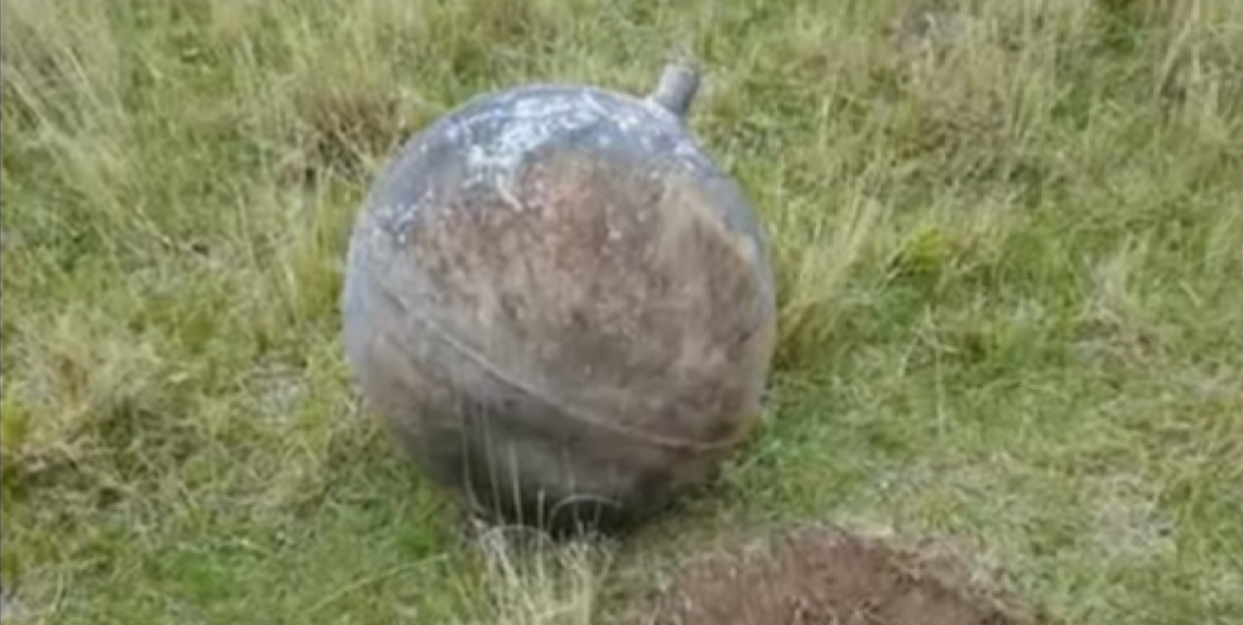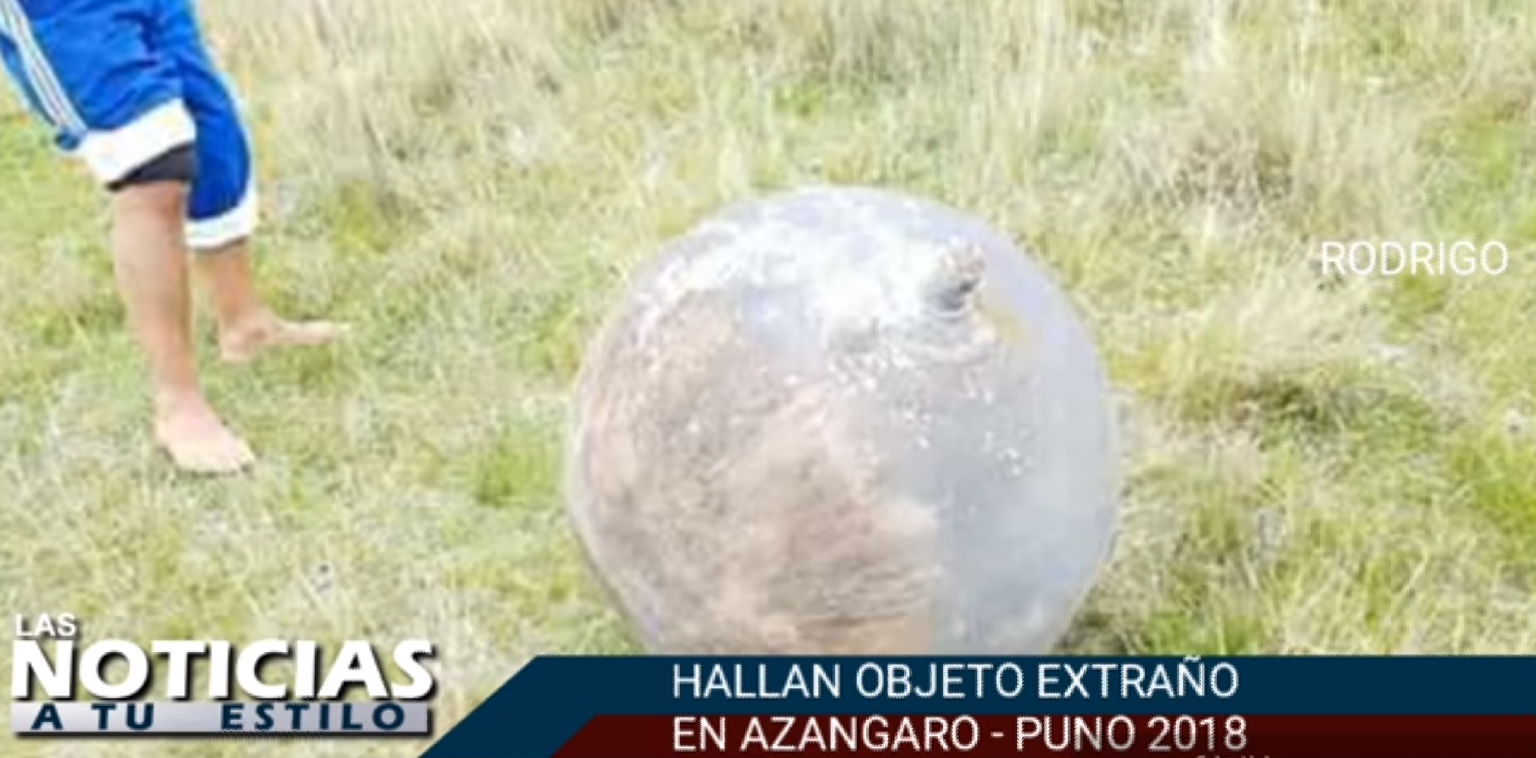nivek
As Above So Below
Strange Object Passes Over Brazil and Lands in Peru
On the afternoon of January 27th, residents of Acre in northwestern Brazil saw a bright object streak across the sky in broad daylight (6:30 pm local time). Many captured the object on video but no one reported getting any kind of warning beforehand nor any sort of explanation afterwards.
Meanwhile, just across the Peruvian border, residents of the Puno region in southeastern Peru got a better show … and a bigger scare. El Comercio reported that people in Loreto, San Antonio de Putina, Moho and other neighboring areas not only saw the bright object but heard a “loud roar.” Again, no warnings were given and no explanations were forthcoming from local or Peruvian government authorities.
However, Peruvians may have heard about the big meteor hunt in Michigan that was paying $20,000 per kilo of meteor matter and decided to go treasure hunting. On the morning of the 28th, another loud roar was heard, but this time it was in the Larancahuani community where hunters found something that was not a meteor but was definitely from outer space.

Near a hole that appeared to be a small impact crater about 30 cm (1 foot) deep, they found a rounded metallic object measuring about one meter (39 inches) in diameter and 40 kg (88 pounds) in weight.
The object had protuberances on the top and bottom, giving it a resemblance to a round top. Those brave enough to get close said it smelled of electric welding, which is the distinct odor of burnt metallic oxides – not surprising if the object just fell from space. Those even braver enough to touch the object said “a sound similar to that which comes from a gas balloon is felt.”

Another explanation circulating among those looking for answers was that the object was a part of a tank from a Russian rocket launched on December 26, 2017. That would have been the strange launch from Baikonur cosmodrome in Kazakhstan of the Angolan satellite which Russia lost communications with for three days.
Not all residents of Peru and Brazil are satisfied with these explanations and we shouldn’t be either. The number of space launches has increased dramatically recently and incidents of falling space junk have gone up as well.
If we can’t get sufficient warning of a falling 18,000 pound space station, what chance do we have with fuel tanks? Tell that to the people who get hit with the objects or are exposed to radiation or harmful chemicals.
On the afternoon of January 27th, residents of Acre in northwestern Brazil saw a bright object streak across the sky in broad daylight (6:30 pm local time). Many captured the object on video but no one reported getting any kind of warning beforehand nor any sort of explanation afterwards.
Meanwhile, just across the Peruvian border, residents of the Puno region in southeastern Peru got a better show … and a bigger scare. El Comercio reported that people in Loreto, San Antonio de Putina, Moho and other neighboring areas not only saw the bright object but heard a “loud roar.” Again, no warnings were given and no explanations were forthcoming from local or Peruvian government authorities.
However, Peruvians may have heard about the big meteor hunt in Michigan that was paying $20,000 per kilo of meteor matter and decided to go treasure hunting. On the morning of the 28th, another loud roar was heard, but this time it was in the Larancahuani community where hunters found something that was not a meteor but was definitely from outer space.

Near a hole that appeared to be a small impact crater about 30 cm (1 foot) deep, they found a rounded metallic object measuring about one meter (39 inches) in diameter and 40 kg (88 pounds) in weight.
The object had protuberances on the top and bottom, giving it a resemblance to a round top. Those brave enough to get close said it smelled of electric welding, which is the distinct odor of burnt metallic oxides – not surprising if the object just fell from space. Those even braver enough to touch the object said “a sound similar to that which comes from a gas balloon is felt.”

Another explanation circulating among those looking for answers was that the object was a part of a tank from a Russian rocket launched on December 26, 2017. That would have been the strange launch from Baikonur cosmodrome in Kazakhstan of the Angolan satellite which Russia lost communications with for three days.
Not all residents of Peru and Brazil are satisfied with these explanations and we shouldn’t be either. The number of space launches has increased dramatically recently and incidents of falling space junk have gone up as well.
If we can’t get sufficient warning of a falling 18,000 pound space station, what chance do we have with fuel tanks? Tell that to the people who get hit with the objects or are exposed to radiation or harmful chemicals.
